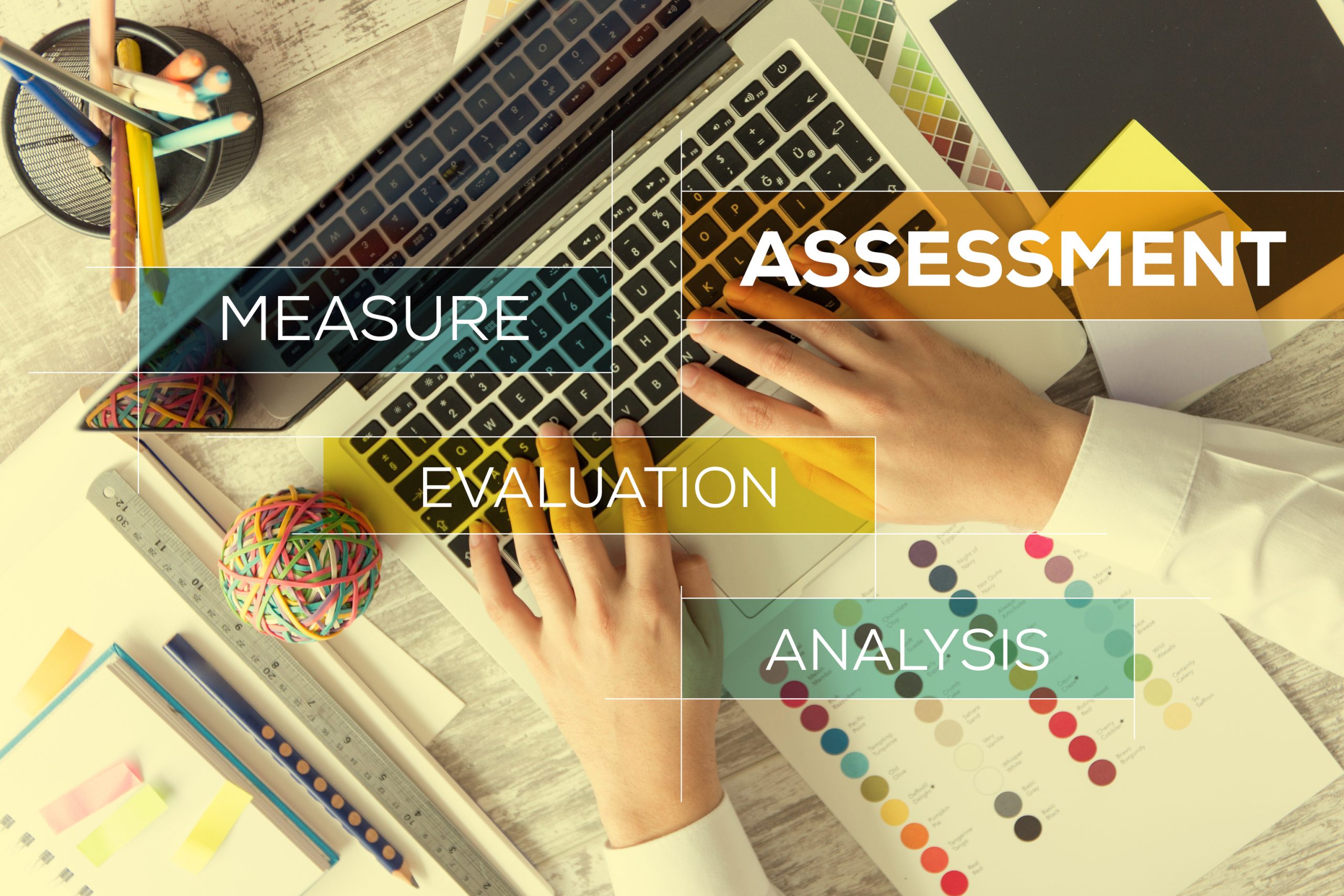by Paul Damaren, Chief Commercial Officer, StepUp Solution Services | February 15th, 2023

Introduction: QA vs. QC – Balancing Quality Assurance and Quality Control
Quality assurance and quality control are indispensable tools in the arsenal of brands aiming to deliver top-tier products and services. While both share the overarching goal of upholding quality, they take distinct approaches to achieve it. Quality assurance primarily concentrates on pre-emptive measures, striving to prevent issues and defects before products reach consumers.
Conversely, quality control is concerned with post-production scrutiny, ensuring that the final output aligns with the set quality benchmarks. In the fast-paced landscape of 2023, having both processes in place is imperative for brands. It not only safeguards their reputation but also enhances efficiency by automating checks throughout the production journey, thereby minimizing risks and customer dissatisfaction. In essence, the harmonious interplay of quality assurance and quality control is the key to delivering excellence in an ever-evolving market.
QA vs. QC – The Overview
Quality assurance and quality control are both important tools for brands to ensure they are delivering high-quality products and services. Quality assurance focuses on preventing problems and defects from occurring before the product is released to customers, while quality control monitors the output and ensures that it meets the quality requirements set by the brand.
Quality assurance typically involves developing systems that monitor how a product or service is being
made, as well as setting standards for quality such as ensuring that all parts of the product meet certain
levels of performance and safety. Quality control, on the other hand, focuses more on testing products
after they are completed to ensure that they meet these standards.
Having both processes in place helps brands ensure that their products meet their expectations, as well as reducing their risk of costly mistakes or recalls later. It also helps them maintain customer loyalty by guaranteeing that any product they release will be of a certain standard. Furthermore, having both processes in place can speed up production times and reduce waste by providing automated checks between each stage of production to identify any potential issues quickly.
In conclusion, both quality assurance and quality control are essential tools for brands who want to deliver excellent products with minimal risk. By having both processes in place, brands can ensure their products meet customer expectations and reduce any issues down the line.
QA vs. QC – The Purpose
Quality assurance and quality control are both essential aspects of any product or service that a brand releases. Quality assurance focuses on preventing problems and defects before the product is released by conducting tests, setting standards, and monitoring the output. Quality control monitors the output after the product is completed to ensure it meets those standards and has no issues before being shipped to customers.
By having both processes in place, brands can ensure their products meet customer expectations while also reducing risk of costly mistakes or recalls down the line. Furthermore, it also helps speed up production times and reduce waste through automated checks between each stage of production to identify any potential issues quickly.
QA – A Process Outlined
- Outline the quality standards: The first step of a quality assurance process is to establish the
standards that the product or service must meet. This includes setting performance, safety, and
accuracy requirements, as well as any other criteria that needs to be met. - Design systems to monitor production: Once standards have been set, it is necessary to develop
systems that will monitor how the product is being made and identify any issues in real time. This
typically entails conducting tests, implementing protocols for error detection and correction,
performing inspections, and collecting data on each stage of production. - Identify defects and take corrective action: If any defects are detected during production, it’s
important to identify them quickly so that corrective action can be taken, and further risks can be
avoided down the line. - Review results: Once the product has been completed and released, reviewing how effective the
quality assurance process was can help inform future processes as well as highlighting which areas
need improvement or additional checks to increase efficiency.
QC – A Process Outlined
- Review materials and components: The first step of a quality control process is to review the
materials and components used to make the product. This should involve inspecting all parts for
any defects or discrepancies, conducting tests on each component, and ensuring that everything
meets the minimum quality standards. - Monitor production: It’s also important to monitor the production process itself to identify any issues
as soon as possible. This includes inspecting products at each stage of production, verifying
accuracy of system output, and running tests to determine performance levels. - Check finished product: A quality control check should be conducted on the finished product
before it is shipped out to ensure that it meets all relevant standards and requirements. This may
include further testing, inspections, and visual checks for any visible defects or problems. - Record results: The data collected during this process should then be recorded so that brands can
monitor their results over time and make improvements where necessary.
QA vs. QC – The Purpose
In 2023, companies will need both quality assurance and quality control processes in place to ensure that their products meet the highest standards.
Quality assurance focuses on setting expectations for production and designing systems that can monitor how the product is being made, while quality control involves examining materials, components, and finished products to ensure that everything meets established standards. By having both processes in place, brands can ensure that their products are consistently of high quality and provide customers with an excellent experience.
StepUp Solution Services, founded in November 2020 in the Greater Toronto Area, Canada, by a team of seasoned business professionals with over 100 years of combined experience provides consulting, advisory, and auditing services for a wide range of industries, covering management and food safety systems. StepUp also offers accredited and customized courses, supporting certification to standards like BRCGS, SQF, FSSC, ISO 9001, ISO 14001, and ISO 45001 to name a few. Join us on this journey and expect nothing but the best from StepUp!
For more information about how StepUp Solution Services solutions can help your organization strengthen your food safety, quality, and compliance programs, Let’s Talk!

